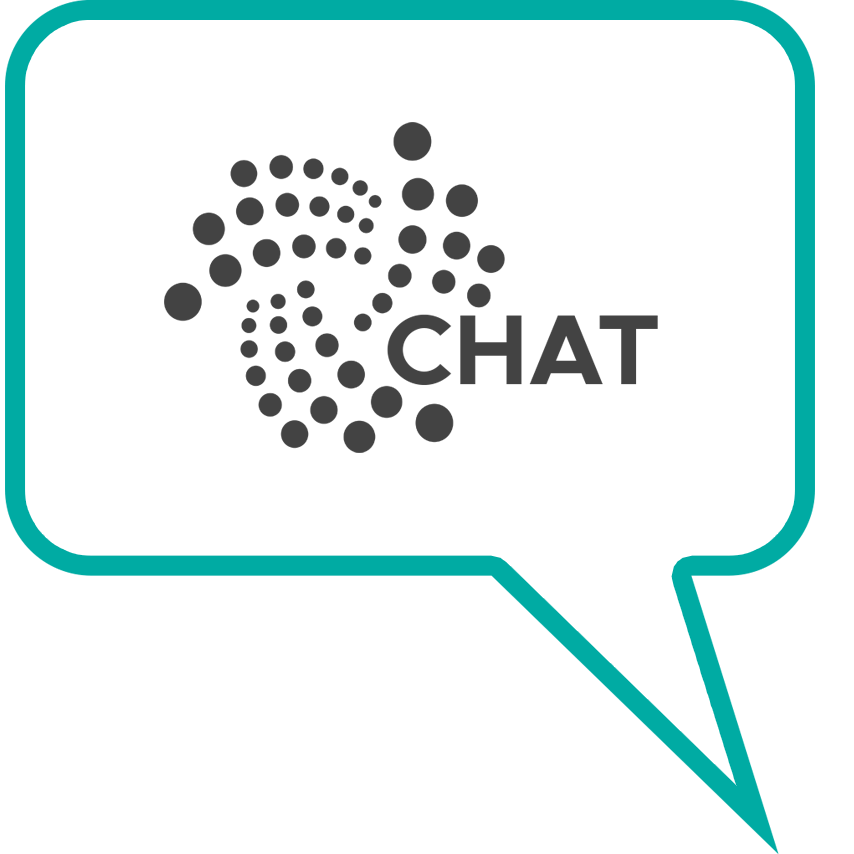
Circle Secures Pioneering Stablecoin License under EU’s Fresh MiCA Cryptocurrency Regulations
Navigating the New Era of Stablecoins: Circle Leads with Compliance
In a notable stride towards aligning with new financial regulations, Circle has established itself as the premier global stablecoin issuer aligned with the Markets in Crypto Assets (MiCA) regulations. This accomplishment marks a significant milestone in the trajectory of stablecoins.
A Proactive Approach to Regulatory Compliance
Ahead of the regulatory curve, Circle obtained an Electronic Money Institution (EMD) license, key for the distribution of both dollar and euro-pegged cryptocurrencies within the European Union. This strategic move not only enhances Circle’s offering in the realm of digital finance but also positions it well ahead of the competition in EU’s robust market, which encompasses an audience of over 450 million across 27 countries.
The Evolving Market Dynamics of Stablecoins
The cryptocurrency space sees stablecoins as foundational for facilitating seamless trade and transactions across various platforms. Currently, Circle’s USDC, with a valuation of $32 billion, stands as the second-largest stablecoin. It is a critical competitor to Tether’s USDT, which holds the top spot with a benchmark of $110 billion.
Circle’s Strategic Expansion in the EU
Two significant actions underscore Circle’s commitment to compliance and market expansion. Firstly, Circle Mint France, under the authorization of the French banking regulatory authority, has now begun the localized manufacturing of its EURC stablecoin tailored for the EU market. Additionally, the issuance of USDC will be conducted through the same entity, representing a comprehensive approach to their stablecoin strategy.
Prior to the enforcement of MiCA’s rules on June 30, selective crypto exchanges removed certain euro-denominated stablecoins like Tether’s EURT from their listings, marking a shift towards greater regulatory adherence.
Implications of MiCA: A Reflection on Recent Regulatory Developments
The introduction of MiCA was partially driven by concerns about major tech firms, such as Meta’s initial foray into the financial sector with its Diem project, disrupting traditional financial ecosystems. This resulted in a focused policy evolution spanning half a decade within Europe.
The sentiment around MiCA’s launch is bittersweet. It not only establishes a more permanent structure within the cryptocurrency industry but also emphasizes the end of lenient regulatory practices that some locales previously offered. This shift promotes a more transparent and accountable operational framework for companies wishing to access the significant European market.
Conclusion and Updates
As we step into July and beyond, the adoption and utility of stablecoins like USDC and USDT continue to be pivotal in defining the digital asset landscape. Circle’s proactive compliance with MiCA not only sets a regulatory benchmark but also potentially reshapes market dynamics in one of the world’s largest economies.
These developments signify a new chapter where transparency, regulation, and market responsiveness will become increasingly crucial in the evolving world of cryptocurrencies.


